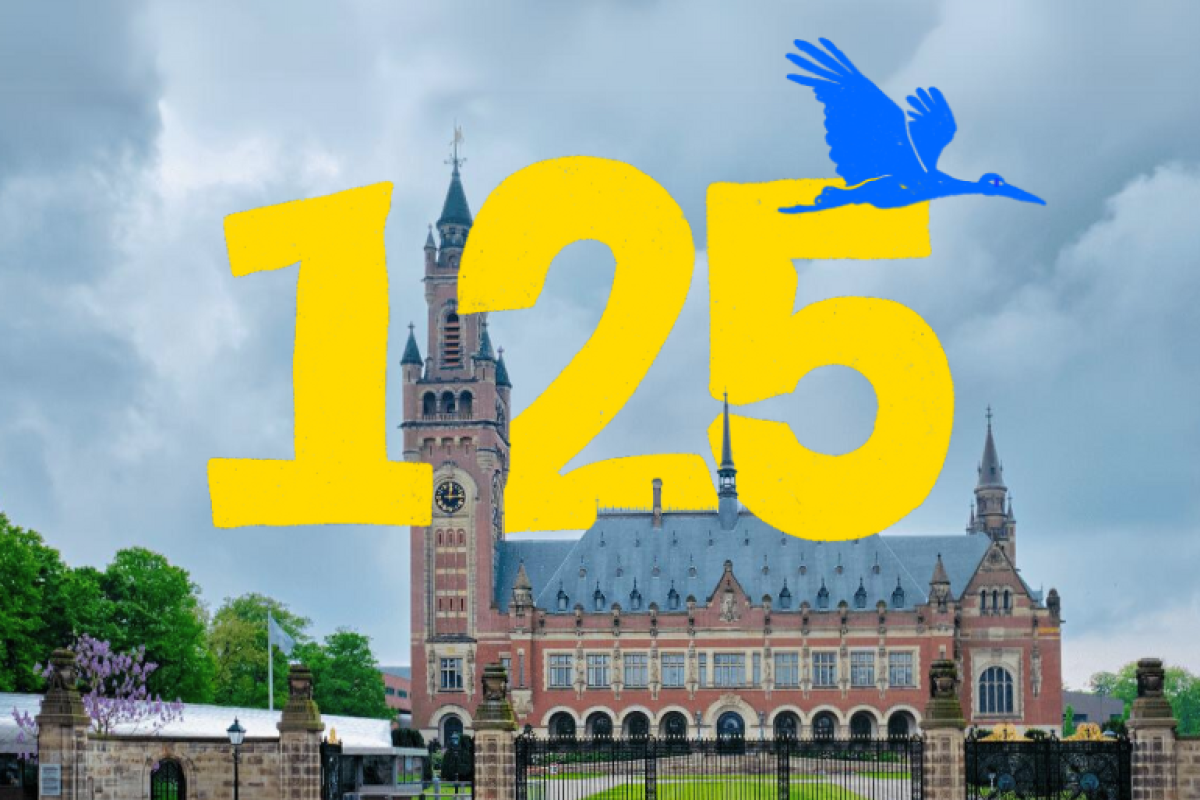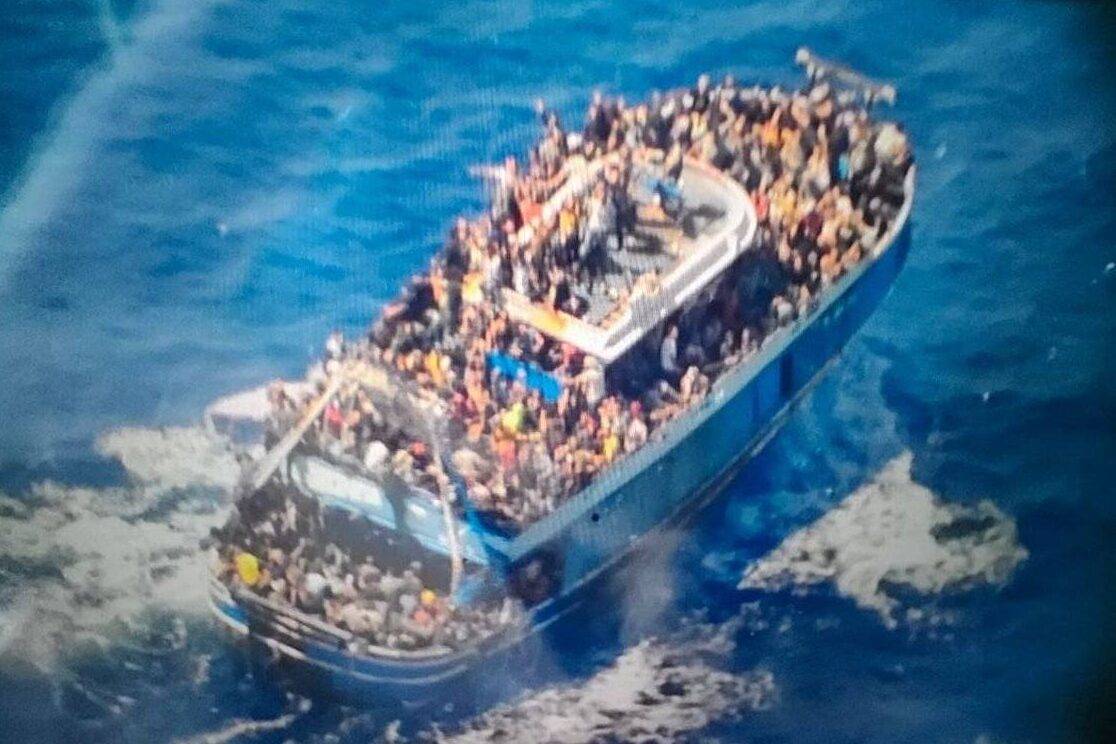
Introduction
The case of Baby P, a 17-month-old child who died in 2007, remains one of the most harrowing child protection cases in the United Kingdom. His tragic death prompted widespread outrage and raised crucial questions about the efficacy of child safeguarding measures. The ripple effects of this case continue to influence child welfare policies across the nation, emphasising the necessity for continual review and reform in social work practices and legal frameworks.
The Circumstances Surrounding Baby P’s Death
Peter Connelly, known as Baby P, was found dead in his home in Tottenham, London, after suffering over 50 injuries, which were sustained over an eight-month period. His mother, her boyfriend, and a lodger were later convicted of causing or allowing his death. Prior to his death, Baby P had been on the radar of various agencies, including social services and the police, but despite multiple visits and assessments, he remained in a perilous environment.
Impact on Child Protection Services
This tragic incident has prompted significant scrutiny into how child protection agencies operate in the UK. After an extensive inquiry, it was revealed that there were numerous failings by the Haringey council and involved health services. The report outlined a culture of ineffective communication and inadequate assessments, ultimately leading to reform in child safeguarding protocols. Following the Baby P case, the Department for Children, Schools and Families instituted a set of measures aimed at strengthening the child protection system, including better training for social workers and enhanced collaborative frameworks between agencies.
Policy Changes and Ongoing Challenges
The legacy of Baby P’s death has resulted in ongoing debates about how best to protect vulnerable children. In 2012, the government introduced new legislation, the Children and Families Act, which aimed to improve outcomes for children in need of protection. However, the effectiveness of social work remains a contentious issue. Reports in recent years have highlighted persistent challenges, including high caseloads for social workers, lack of resources, and difficulties in inter-agency communication.
Conclusion
The case of Baby P is a tragic reminder of the vulnerabilities faced by children and the critical need for effective child protection practices. As discussions continues around child safeguarding methodologies, it is imperative to ensure that the lessons learned from Baby P’s case are not forgotten and that systemic improvements are implemented to prevent similar tragedies in the future. The society has a collective responsibility to protect its most vulnerable members, and maintaining focus on child welfare will be crucial in safeguarding future generations.
You may also like

Understanding the International Court of Justice

Understanding the Impact of the Novi Sad Tragedy
